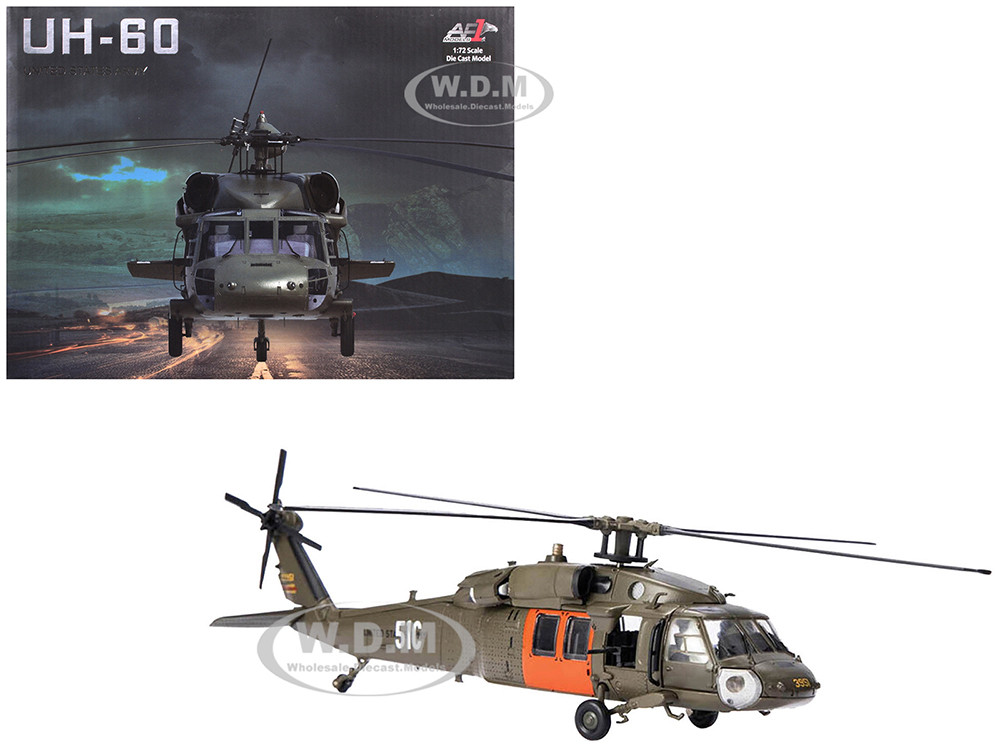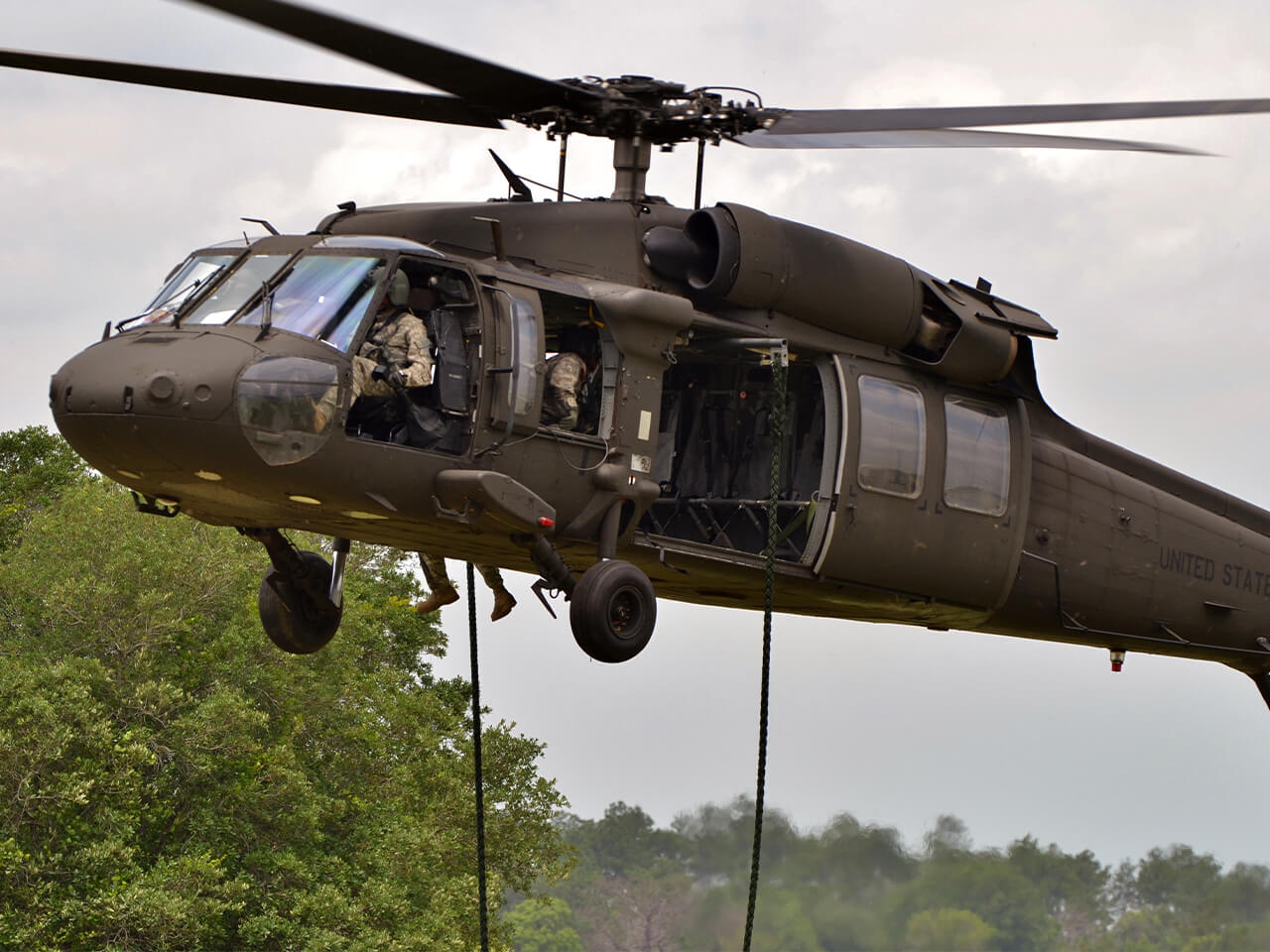Exploring the UH 60: A Look at Its Design, History, and Role in the Armed Forces
Exploring the UH 60: A Look at Its Design, History, and Role in the Armed Forces
Blog Article
The UH 60: A Versatile Aircraft for Military and Private Citizen Usage
The UH-60 helicopter, with its origins dating back to the late 1970s, has actually developed right into an important asset for both army and noncombatant sectors. Recognizing the full range of the UH-60's influence might reveal understandings into its prospective trajectory and value in a progressively intricate operational atmosphere.
Historical Introduction of the UH-60

At First, the UH-60 was released to sustain army transportation, medical emptying, and logistical operations. Its intro noted a considerable development in helicopter technology, including cutting edge avionics and survivability features. The Black Hawk's capacity to operate in tough atmospheres, including damaging weather and battle zone, strengthened its credibility as a dependable workhorse.
For many years, the UH-60 has undertaken countless upgrades and variations, adjusting to the developing demands of armed forces procedures. Its legacy consists of participation in essential problems, showcasing its versatility and performance in various circumstances. The Black Hawk remains a foundation of army air travel, showing the enduring value of innovation in aerial transportation and support.
Military Missions and applications
Often released in diverse operational contexts, the UH-60 Black Hawk helicopter offers a multitude of armed forces applications that are essential to mission success - uh 60. This flexible airplane is largely utilized for troop transport, making it possible for quick movement of soldiers to and from battle areas. Its ability permits the transportation of as much as 11 completely furnished soldiers, making it an important possession for ground pressures
The UH-60 is additionally integral to medical evacuation objectives, supplying speedy assistance for damaged personnel under fire. Equipped with advanced medical facilities, it can deliver casualties while ensuring continuous clinical treatment. The helicopter's utility extends to reconnaissance and monitoring objectives, where it collects crucial knowledge and improves situational understanding for leaders.
Furthermore, the Black Hawk is regularly used for logistical assistance and supply goals, supplying essential equipment and provisions to soldiers in remote areas. Its flexibility is more showed via its capability to run in different atmospheres, from metropolitan setups to rugged terrains. Overall, the UH-60 Black Hawk continues to be a keystone of contemporary armed forces operations, embodying versatility, integrity, and efficiency in satisfying objective goals.
Civilian Uses and Adjustments
Beyond armed forces applications, the UH-60 Black Hawk helicopter has located an array of private usages and adaptations that showcase its convenience. Originally created for troop transportation and logistical support, this airplane has been efficiently adapted for various noncombatant duties, including emergency medical services (EMS), firefighting, and search and rescue operations.
In emergency clinical services, the UH-60 can promptly carry patients to hospitals, outfitted with advanced clinical tools and personnel. Its rate and maneuverability allow quick reaction in essential circumstances, which is essential in saving lives. Moreover, the helicopter's large cabin enables for clinical groups to operate effectively throughout flights.
In firefighting, the UH-60 has actually been customized to lug water or fire retardant, making it a reliable tool in combating wildfires. Its capability to hover and maneuver in tough surfaces supplies significant advantages over typical ground-based firefighting techniques.

Technical Advancements
How has the development of modern technology influenced the capabilities of the UH-60 Black Hawk helicopter? The UH-60 has actually undergone substantial innovations since its creation, substantially enhancing its operational efficiency.

In addition, the incorporation of composite materials in the airframe has actually lowered weight while maintaining structural honesty, adding to enhanced payload ability and gas efficiency. The helicopter's rotor system has likewise gained from technological you can look here advancements, such as noise decrease technologies and enhanced wind resistant design, which improve both efficiency and stealth abilities.
In Addition, the UH-60's adaptability to various objective accounts is enhanced by modular systems, making it possible for rapid reconfiguration for roles ranging from medevac to troop transport. uh 60. The intro of innovative interaction systems makes certain real-time information sharing and sychronisation throughout goals, which is important in modern-day combat situations. Collectively, these technological innovations have changed the UH-60 right into a versatile and awesome asset in both armed forces and noncombatant applications
Future Leads and Advancements

Additionally, recurring study into alternative energy sources, such as hybrid-electric propulsion, presents a possibility for enhanced gas efficiency and decreased environmental effect. This aligns with both civilian and military goals for sustainability. The UH-60's adaptability to different functions, from medical emptying to browse and rescue, guarantees its ongoing significance in varied functional contexts.
Furthermore, collaborations with defense specialists are cultivating technologies in weapons and sensing unit innovation, allowing the Black Hawk to properly counter modern-day dangers. As the armed forces landscape progresses, the UH-60's style will likely welcome modularity, permitting fast reconfiguration based upon goal needs. Generally, the future of the UH-60 is brilliant, defined by enhanced efficiency, adaptability, and an undeviating commitment to meet the challenges of modern war and humanitarian initiatives.
Conclusion
The UH-60 helicopter exhibits flexibility through its double role in army and civilian procedures. As ongoing technologies proceed to enhance its abilities, the UH-60 remains an important asset throughout various operational settings.
The UH-60 Black Hawk helicopter, an essential asset in modern armed forces aeronautics, was initially introduced in the late 1970s as part of the U.S. Army's pursuit for a functional and dependable energy helicopter.Regularly deployed in varied operational contexts, the UH-60 Black Hawk helicopter offers a wide range of armed forces applications that are essential to mission success. Overall, the UH-60 Black Hawk remains a keystone of contemporary army procedures, personifying versatility, reliability, and effectiveness in fulfilling mission objectives.
As the military landscape develops, the UH-60's style will likely accept modularity, enabling for fast reconfiguration based on objective demands.The UH-60 helicopter exemplifies flexibility with its dual role in military and civilian procedures.
Report this page